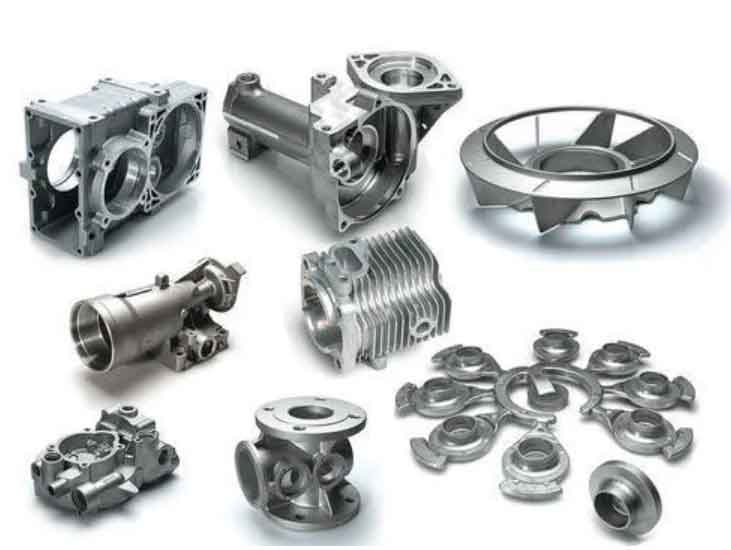
Grey cast iron can contribute to sustainable engineering and green manufacturing practices in several ways. While it may not be considered as environmentally friendly as some other materials, grey cast iron offers certain advantages and characteristics that align with sustainable initiatives and can be used responsibly to support green manufacturing. Here’s how grey cast iron supports sustainable engineering:
1. Durable and Long-Lasting:
Grey cast iron components are known for their durability and longevity. They can withstand harsh conditions, heavy loads, and wear, which means they have a longer service life compared to some other materials. This durability reduces the frequency of replacements and minimizes material waste over time.
2. Recyclability:
Grey cast iron is highly recyclable. At the end of a component’s life, it can be melted down and reused to create new castings. Recycling grey cast iron reduces the demand for virgin materials, conserves natural resources, and lowers energy consumption in the production of new castings.
3. Lower Energy Consumption in Casting:
Grey cast iron has a lower melting point compared to some other metals. This characteristic requires less energy to melt and pour the metal during the casting process. The lower energy consumption contributes to reduced greenhouse gas emissions and supports energy efficiency in manufacturing.
4. Potential for Thinner Components:
Grey cast iron’s excellent strength-to-weight ratio means that components can be designed with thinner sections without compromising their structural integrity. Thinner components reduce material usage, leading to weight and resource savings.
5. Minimization of Machining Waste:
Grey cast iron’s good machinability reduces the amount of material that needs to be machined away during component finishing. This minimizes machining waste, resulting in less material sent to landfills.
6. Design Flexibility for Lightweighting:
The versatility of grey cast iron allows for complex shapes and thin-walled structures, enabling engineers to design components that achieve lightweighting goals. Lightweighting can lead to reduced energy consumption in various applications, including automotive and aerospace.
7. Eco-Friendly Binder Options:
Foundries are exploring and adopting eco-friendly binder options for the sand molds used in grey cast iron casting. These eco-friendly binders reduce volatile organic compound (VOC) emissions and improve air quality in the foundry environment.
8. Sustainable Manufacturing Practices:
Responsible foundries prioritize sustainable manufacturing practices, including efficient sand reclamation systems, proper waste management, and energy-saving initiatives. Implementing such practices reduces the environmental impact of grey cast iron production.
9. Reuse of Industrial By-Products:
Some grey cast iron foundries use recycled industrial by-products, such as slag and dust, as additives in their sand molds. This reuse of industrial waste materials promotes a circular economy and reduces waste generation.
While grey cast iron may not be considered as eco-friendly as some alternative materials, its inherent properties and potential for responsible production and recycling make it a valuable option for sustainable engineering and green manufacturing practices. By employing efficient processes and embracing eco-friendly innovations, grey cast iron can play a role in supporting more sustainable industrial practices.
